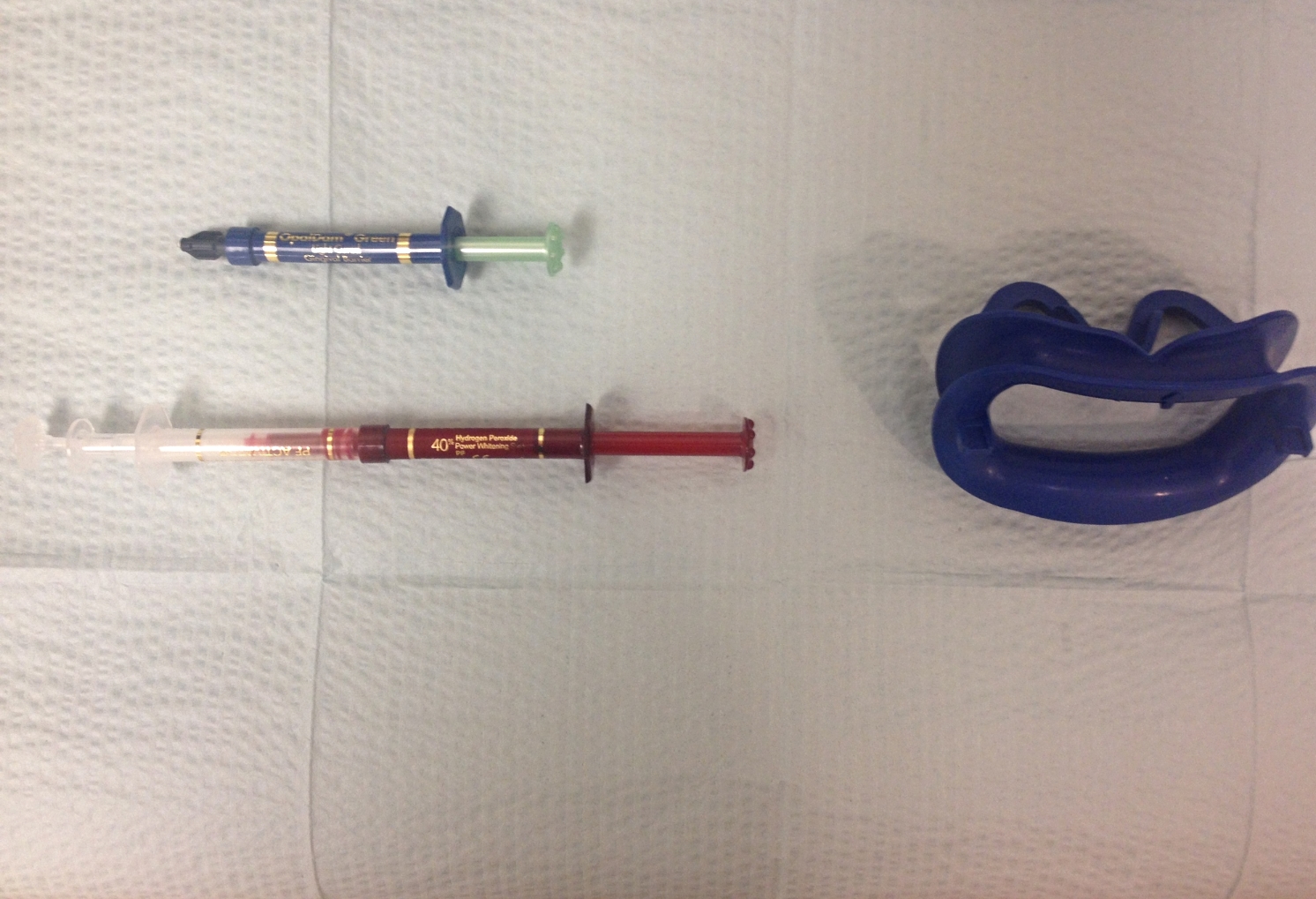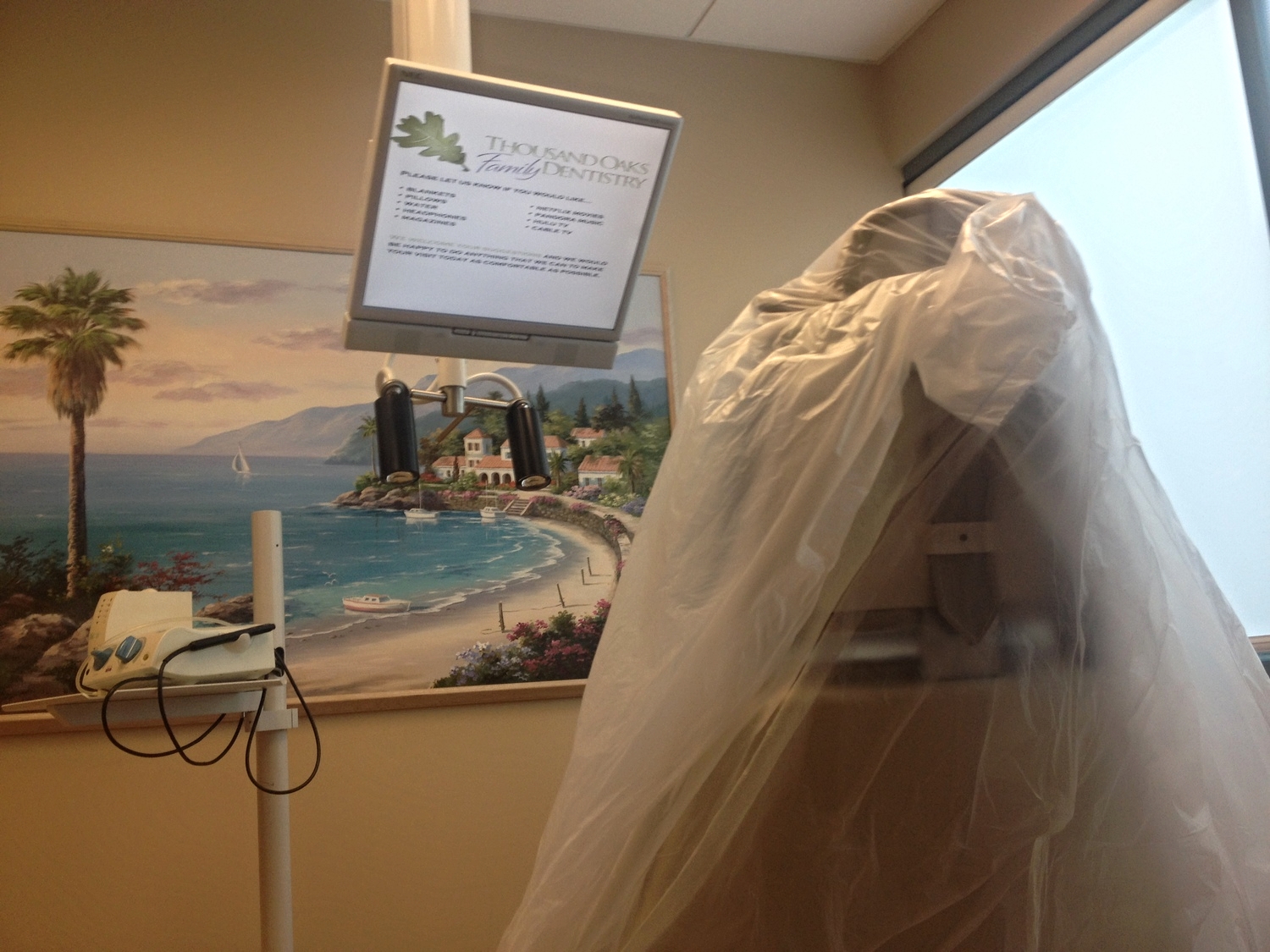Tooth whitening provides a quick and dramatic improvement to your overall smile. If you've done some research, you have probably found out that there are a number of products and services on the market today. Here is a quick guide to help you pick the best type of whitening for your specific needs!
Home whitening kits- All whitening products that work utilize some form of hydrogen peroxide. The main difference between an over-the-counter solution and something administered by a dental professional is the concentration of peroxide. Products like Crest Whitestrips will give you similar results to in-office whitening, but over a much longer time frame. Given you needs and expectations, this could be the perfect solution!
Whitening trays- These trays are made from a clear material like Invisalign retainers and are custom molded to your teeth. Since they prevent the peroxide from contacting your gums and cheeks, a higher concentration can be used. They are typically used once a day for two weeks, followed by one day a month for maintenance.
In-office "Zoom" whitening- Here, whitening solutions are directly applied to the teeth under the supervision of a dental professional. The gums are blocked out using a special material and a very high concentration of peroxide is carefully applied to the teeth. The results are instantly noticeable and long lasting. This method achieves the same results as weeks of OTC whitening in about an hour and a half.
"Mall Whitening" Kiosks- These stands (usually found in shopping malls) offer whitening services for rates somewhere in between home whitening kits and professional in-office whitening. However, the employees operating these stands are not dental professionals and generally cannot offer any products stronger than what you can buy over the counter. Your money is better spent either with a Whitestrip-type product or in an actual dental office.
Whitening toothpastes, mouthwashes, floss, etc.- Just about every dental product nowadays advertises some sort of whitening ability. However, don't expect to see huge benefits. They are mostly aimed at surface staining, rather than the deep discolorations that cause yellow/ dark teeth. To get vibrant white teeth, you need to seek out a product that contains hydrogen peroxide.
Natural whitening remedies- In general, whitening products that don't contain hydrogen peroxide (or some form of peroxide) won't really show any benefits. There are a number of instructions online, involving everything from strawberries to oil pulling, but it is unlikely that any of them will actually work. If you're looking to maintain a whiter smile naturally, cut back on pigmented liquids and drink with a straw when possible.
We hope you found our short run down on whitening useful. As always, if you have any questions, please give our office a call!













